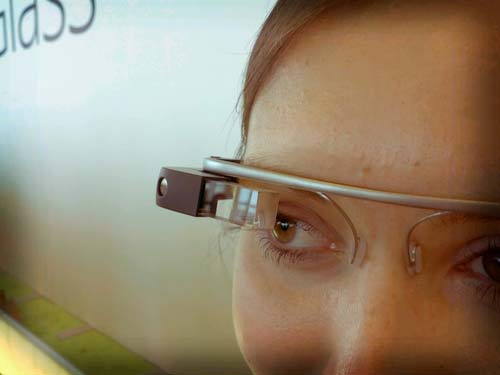
In the last few years, wearable technology capable of supporting complex applications has advanced from the realm of science fiction and R&D into real consumer products. However, the marketplace viability of “wearables” is still in question. How did wearable technology get to where it is today, and where can we expect it to go in the future?
From 1930s “serial movies” such as Buck Rogers onward, wearable technology has been a fixture in science fiction. The very first consumer-oriented wearable computers, invented in the 1970s, were actually specialty aids for gambling games such as roulette. Many people first became acquainted with wearables through calculator watches, which were popular throughout the 1980s. In the 1990s, the MIT Media Lab drew attention for its wearable computer group, whose alumnus Steve Mann used his self-invented “augmented vision” eyewear in perpetuity. After this, the concept of wearable technology took a backseat in the popular imagination, as smartphones became capable of many applications people once expected from wearable computers.
In April of 2013, Google ushered in the current phase of wearables by launching Google Glass: voice-operated eyewear that possesses smartphone-like capabilities. However, the public rollout of Google Glass inspired a backlash over concerns that its camera, which mimics the user’s line of vision, would make it too easy for users to invade others’ privacy. Steve Mann himself was forcibly ejected from a McDonald’s in France when a group of patrons and employees objected to his custom eyewear.
As a response to slowed growth in the smartphone market, the next wave of wearables has focused on revamping digital watches. These new “smartwatches” are outfitted with cameras, voice recognition, GPS, and biometrics to measure exercise performance. However, market analysts are divided as to whether smartwatches will attract as much attention as smartphones.
In addition to developing eyewear to compete with Google Glass, major technology companies have unveiled concepts for jewelry and earbuds that fill many of the same convenience and health functions as smartwatches. Health-oriented developers MC10 are testing small biometric computers that bind to the user’s skin with long-lasting adhesive. Startup Thync is developing a headset that adapts the psychiatric technique of “transcranial direct-current stimulation,” allowing users to send low-grade electronic signals through their cranial nerves to stimulate specific mood changes, such as being more calm or more focused.
As computers and input devices become more compact, technology developers will promote a computing paradigm that is increasingly intimate and ubiquitous. Consistent wearable technology’s effect on the consumer electronics market, as well as society overall, remains to be seen.
Published on October 15, 2014 by